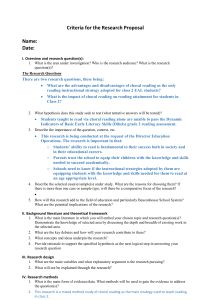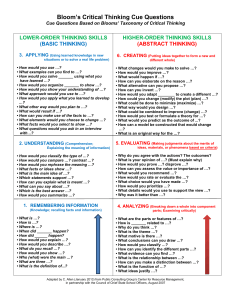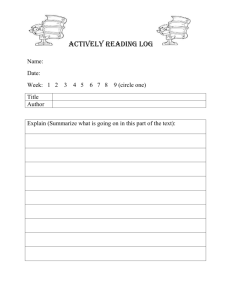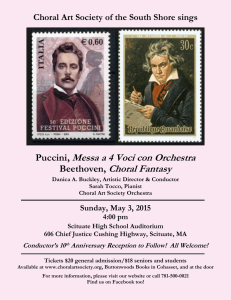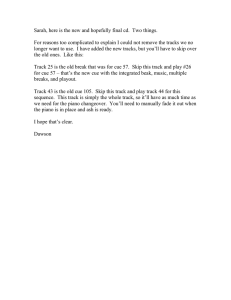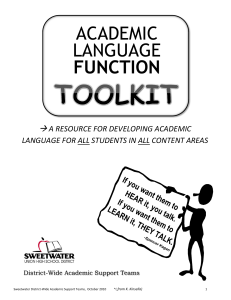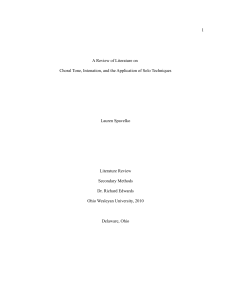ACTIVE PARTICIPATION: Tools for Your Engagement Tool Kit
advertisement
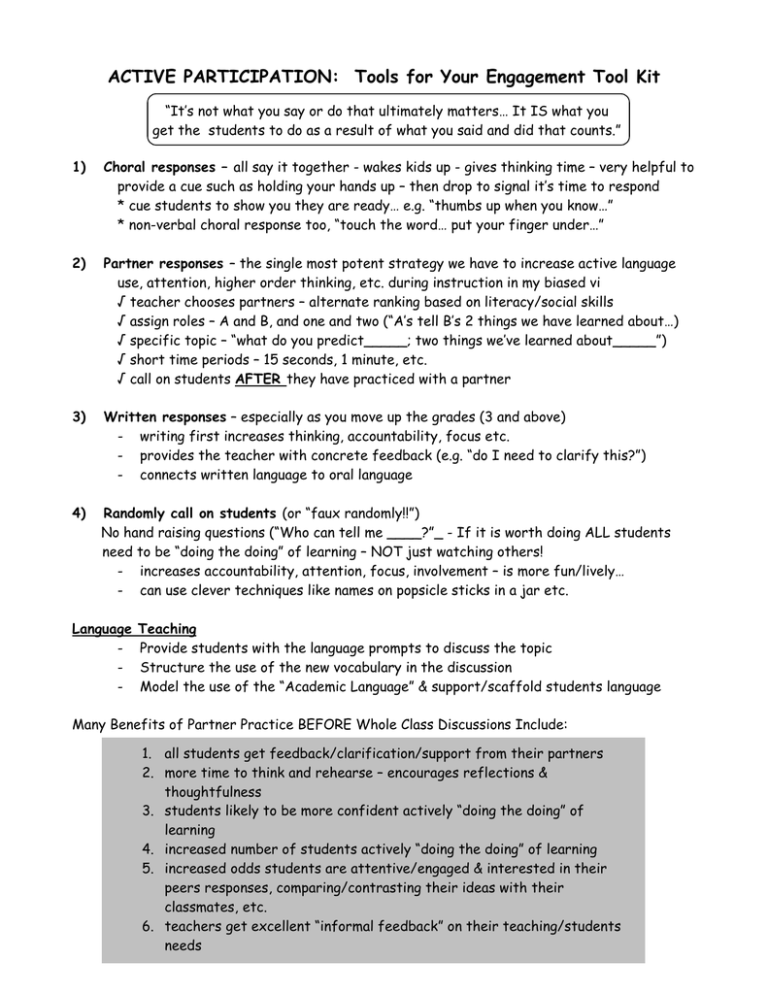
ACTIVE PARTICIPATION: Tools for Your Engagement Tool Kit “It’s not what you say or do that ultimately matters… It IS what you get the students to do as a result of what you said and did that counts.” 1) Choral responses – all say it together - wakes kids up - gives thinking time – very helpful to provide a cue such as holding your hands up – then drop to signal it’s time to respond * cue students to show you they are ready… e.g. “thumbs up when you know…” * non-verbal choral response too, “touch the word… put your finger under…” 2) Partner responses – the single most potent strategy we have to increase active language use, attention, higher order thinking, etc. during instruction in my biased vi √ teacher chooses partners – alternate ranking based on literacy/social skills √ assign roles – A and B, and one and two (“A’s tell B’s 2 things we have learned about…) √ specific topic – “what do you predict_____; two things we’ve learned about_____”) √ short time periods – 15 seconds, 1 minute, etc. √ call on students AFTER they have practiced with a partner 3) Written responses – especially as you move up the grades (3 and above) - writing first increases thinking, accountability, focus etc. - provides the teacher with concrete feedback (e.g. “do I need to clarify this?”) - connects written language to oral language 4) Randomly call on students (or “faux randomly!!”) No hand raising questions (“Who can tell me ____?”_ - If it is worth doing ALL students need to be “doing the doing” of learning – NOT just watching others! - increases accountability, attention, focus, involvement – is more fun/lively… - can use clever techniques like names on popsicle sticks in a jar etc. Language - Teaching Provide students with the language prompts to discuss the topic Structure the use of the new vocabulary in the discussion Model the use of the “Academic Language” & support/scaffold students language Many Benefits of Partner Practice BEFORE Whole Class Discussions Include: 1. all students get feedback/clarification/support from their partners 2. more time to think and rehearse – encourages reflections & thoughtfulness 3. students likely to be more confident actively “doing the doing” of learning 4. increased number of students actively “doing the doing” of learning 5. increased odds students are attentive/engaged & interested in their peers responses, comparing/contrasting their ideas with their classmates, etc. 6. teachers get excellent “informal feedback” on their teaching/students Kevin Feldman 03/04 Many thanks to Anita Archer & Kate Kinsella needs
